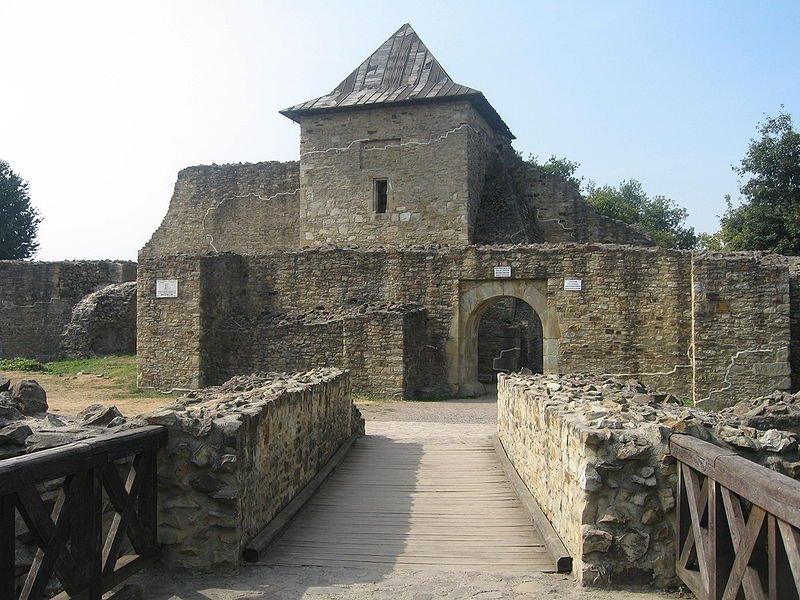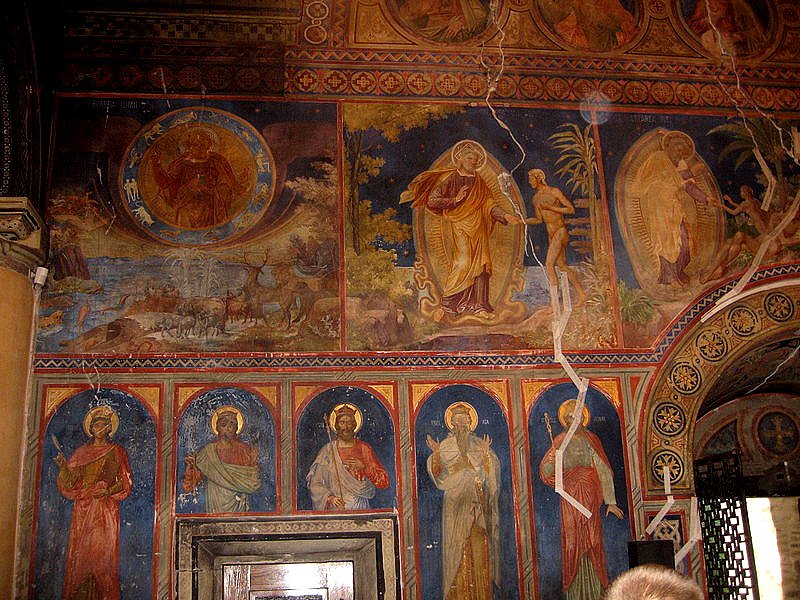Suceava (German/Polish: Suczawa, Ukrainian: Сучава, Yiddish: שאַץ) is a city in northeastern Romania. It covers 52 sq km (20.1 sq mi) and has a population of 106,000 people (2011 estimate).
 Cetatea de Scaun, Suceava
Cetatea de Scaun, SuceavaSource: https://commons.wikimedia.org/wiki/File:Cetatea_de_Scaun_a_Sucevei18.jpg
Author: Cezar Suceveanu

More on Suceava
Suceava served as the capital of the Principality of Moldavia from 1388 to 1565. It came under the rule of the Habsburg Empire from 1775 until the empire was dissolved following World War I, when it became part of Greater RomaniaVisiting Suceava
You can fly to Suceava, arriving at the Ştefan cel Mare International Airport (SCV), located 12 km east of Suceava. The airport receives flights only by TAROM Airlines from Bucharest. Mirăuţi Church, Suceava
Mirăuţi Church, SuceavaSource: https://commons.wikimedia.org/wiki/File:Biserica_Mir%C4%83u%C5%A3i1.jpg
Author: Cezar Suceveanu

You can also take a train to Suceava from Bucharest, Cluj-Napoca, Timişoara and Constanţa, as well as from Sofia, Moscow, Kiev and Chernivtsi.
Places of Interest in Suceava
- Bucovina History Museum
Museum showcasing the history of the region. - Bucovina Village Museum
Outdoor museum showcasing the rural architecture of the Bucovina region. - Church of St Demetrius
Church founded in 1534 by Petru Rareş. Its bell tower was built in 1561. - Church of St George
Founded by Bogdan the One-eyed in 1514, it is part of the Monastery of St John the New. The church is one of the seven painted churches of northern Moldavia that is recognized as a World Heritage Site. - Church of St John the Baptist
Church built in 1643 by Basil the Wolf. - Mirăuti Church
Built in 1390, this is the oldest church in Suceava. Stephen the Great was crowned here in 1457. - Suceava Fortress (Cetatea de Scaun)
Citadel built by Petru I of Moldavia and expanded by Alexander the Good and Stephen the Great in the 14th-15th century.
 Latest updates on Penang Travel Tips
Latest updates on Penang Travel Tips

Copyright © 2003-2025 Timothy Tye. All Rights Reserved.

 Go Back
Go Back